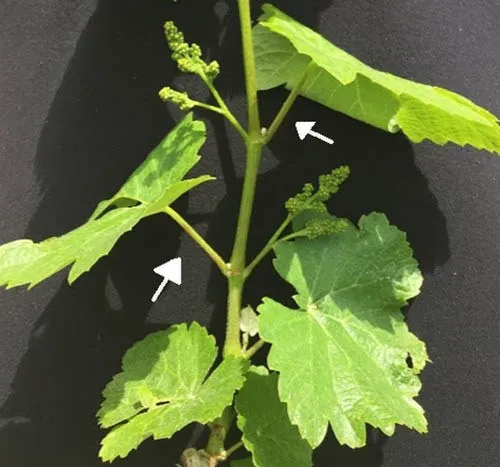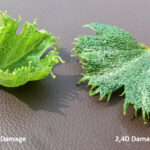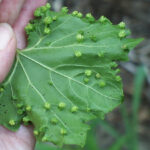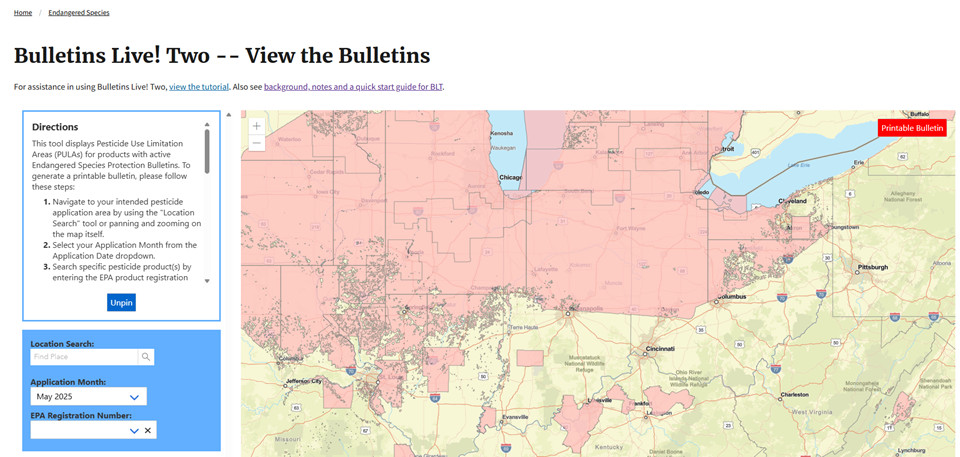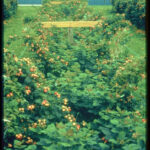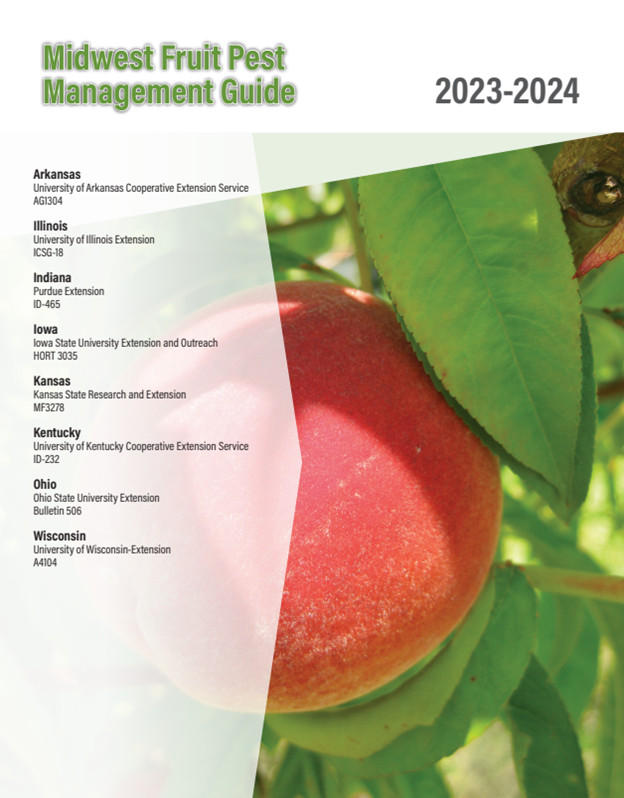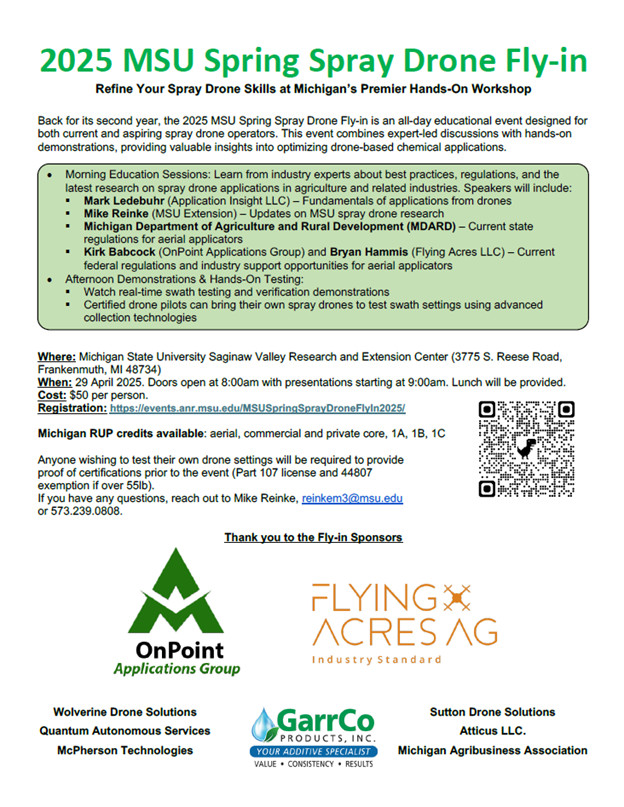Tissue analysis is the most reliable means of determining plant nutritional status. Combined with soil testing, tissue analysis can help pinpoint the source of problems and determine what measures may be needed to ensure proper nutrition of the crop. Tissue analysis samples should be collected at the appropriate time to give the most meaningful results.[Read More…]
This is the time of year where we receive numerous reports of off-target herbicide exposure. Grapevines and fruit trees sensitive to growth regulator herbicides, including phenoxy, benzoic, and pyridine classes of compounds. 2,4-D and dicamba are the most common products, and they are used widely in corn and soybean production. Damage can range from minimal[Read More…]
Phylloxera is an aphid-like insect that is native to the Eastern US. It has two distinct life forms: the root form, which feeds on the roots, can stunt growth and eventually lead to vine death. The foliar form of the insect causes galls on vine leaves (Figure 1) and is overall less concerning. The root[Read More…]
The most important time of the year for fruit disease control in grapes is from pre-bloom to 4-5 weeks past fruit set. The potential for fruit infection drops significantly 4-5 weeks post-bloom. Important diseases to control during this time include black rot, downy mildew and powdery mildew. Fruit of the most commonly planted varieties is[Read More…]
Mancozeb can still be used in grapes during the 2025 growing season. However, the EPA has proposed to cancel the use of mancozeb in grapes in the future. The Federal Insecticide, Fungicide, and Rodenticide Act (FIFRA) is conducting a re-registration review of many multi-site fungicides, including ziram, thiram, captan and now mancozeb. The proposed cancellation[Read More…]
The EPA is enacting new requirements for agricultural pesticide applicators. An increasing number of pesticide labels require applicators to utilize an online system called Bulletins Live! Two to determine if additional pesticide use limitations are required to protect threatened or endangered species or habitat based on 1) application location 2) pesticide product and 3) application[Read More…]
Interested in planting brambles? Here’s what you need to know! What are brambles? Bramble crops are from the genus Rubus and include blackberries and raspberries. Brambles are among the easiest fruit crops to grow, and the fruit is in high demand due to its exotic flavor and high nutritional value. Brambles can be planted in[Read More…]
Join Veterans in Farming and Purdue University for a Grape Planting Workshop followed by a wine tasting on June 3rd at The Rejoicing Vine Winery in Indianapolis, IN. Come see what it takes to cultivate grapes and operate a winery! Learn from Purdue viticulture specialist Miranda Purcell all about grape planting and growing techniques for[Read More…]
The 2023-2024 Midwest Fruit Pest Management Guide is still up-to-date with the addition of an addendum which can be found on the last pages of the pdf available for download below. The addendum lists important updates to pesticide labels, pesticide trade names, and crop uses for small fruit and tree fruit. Download here: https://edustore.purdue.edu/id-465-w.html Download[Read More…]
Michigan State University is hosting an all-day educational event designed for both current and aspiring spray drone operators. This event combines expert-led discussions with hands-on demonstrations, providing valuable insights into optimizing drone-based chemical applications. Where: Michigan State University Saginaw Valley Research and Extension Center (3775 S. Reese Road, Frankenmuth, MI 48734) When: 29 April 2025.[Read More…]

